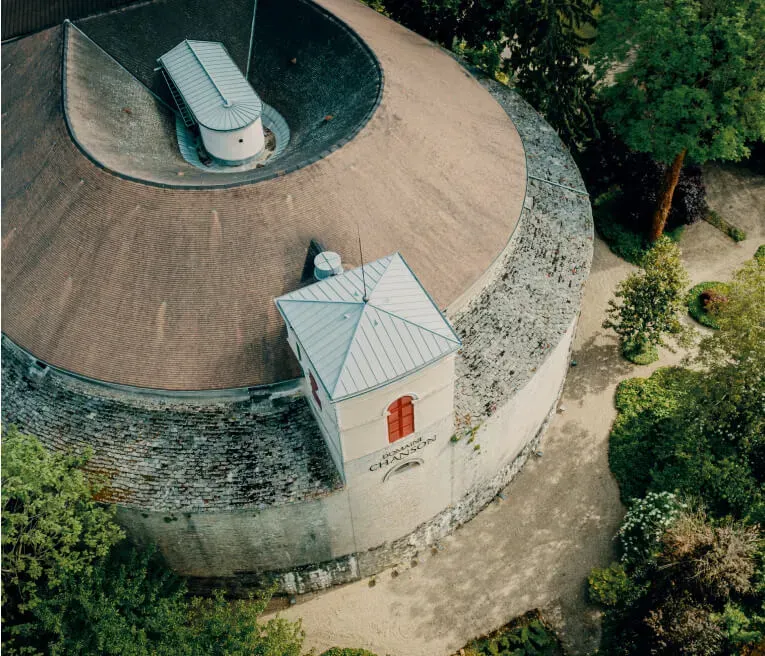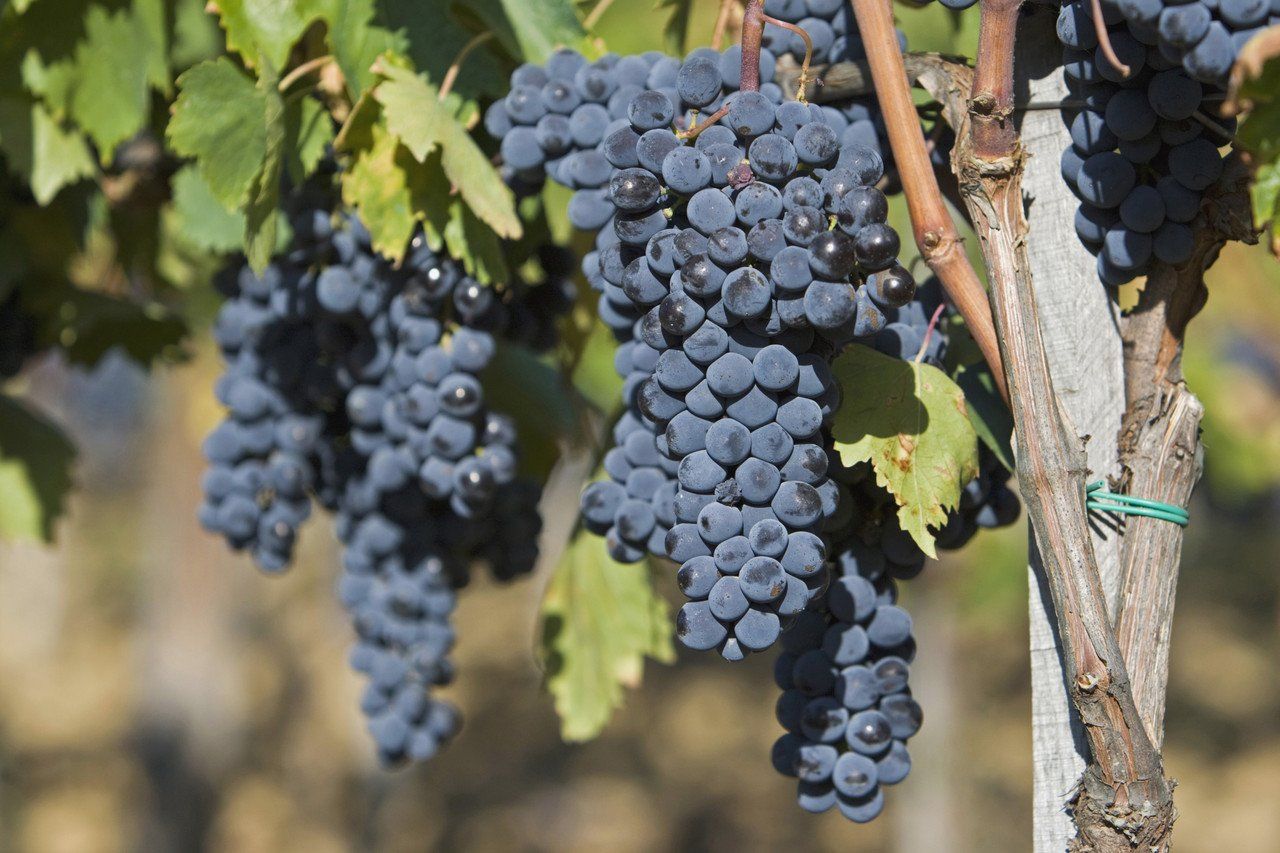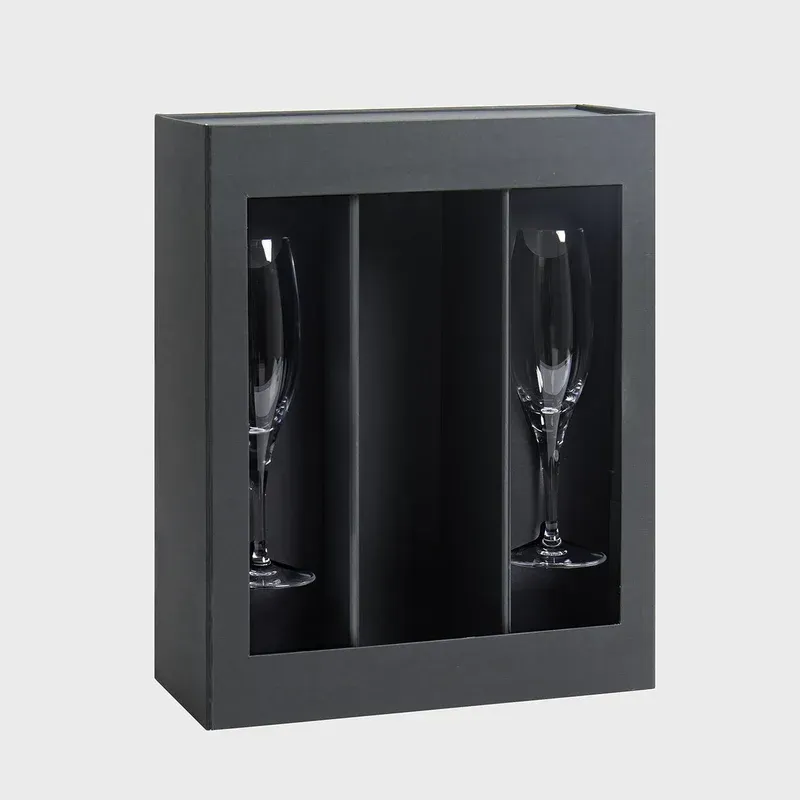10 Best Wine Cellar Cooling Units for Optimal Storage 2025
10 Best Wine Cellar Cooling Units for Optimal Storage 2025
Choosing the right cooling unit is the single most important decision after insulating your cellar. To save you hours scrutinising spec sheets, we’ve selected the ten most reliable, energy-efficient and UK-available systems for 2025, suitable for anything from an under-stairs cupboard to a commercial vault. Each model is vetted for build quality, after-sales support and real-world running costs, so you can buy with confidence.
A dedicated cellar cooler keeps temperature steady around 12–14 °C and humidity at 60–70 %, something a domestic air-conditioner simply cannot achieve. Before you part with a penny, you’ll want answers to the common questions: Which option is the cheapest to run? Will it last beyond a decade? Should you pick through-wall, split or ducted? How many cubic metres can it really handle? The sections that follow set out clear specs, pros and cons, and sizing guidance, making your shortlist effortless.
1. WhisperKOOL SC PRO 8000 — Powerful All-Rounder for Medium to Large Cellars
WhisperKOOL’s SC line has long been the benchmark for through-wall systems in North America; the 2025 “PRO” refresh finally lands with full 230 V compatibility and a greener R454B refrigerant. The headline 8000 model packs serious cooling muscle without sounding like a pub cooler, making it a go-to option for British basements that need dependable climate control all year.
Overview & Why It Made the List
- Variable-speed EC fans cut energy use by up to 25 % versus the outgoing SC 7000.
- New smart controller logs temperature and humidity to a companion app, ideal for collectors who travel.
- UK importers now hold spares locally, shaving weeks off warranty turnarounds.
Key Specifications
| Metric | Figure |
|---|---|
| Cooling capacity | 8,800 BTU/h (≈ 2.6 kW) |
| Recommended cellar volume | 20 – 65 m³ |
| Operating ambient | 5 – 38 °C |
| Humidity assistance | Passive condensation recapture |
Pros & Potential Drawbacks
- Low 54 dB noise at cellar side
- Colour touch display with °C read-out
- Filter slides out in seconds
- Requires a 350 mm wall cut-out
- Annual charcoal filter (£40) adds to running cost
Ideal Cellar & Buyer Profile
Perfect for insulated garages, Victorian basements and purpose-built rooms where a split system is overkill but silence still matters.
Price & Warranty Snapshot
Expect to pay around £3,250 including VAT. Warranty: two years parts & labour, five years on the compressor when registered with the UK distributor.
2. Breezaire WKL 3000 Series — Dependable Through-Wall Classic
Favoured by DIY cellar builders for four decades, the Breezaire WKL 3000 sticks to proven engineering: a robust through-wall chassis, analogue sensors and a big, slow-turning fan that keeps bottles safe without complicated wizardry. For 2025 the California factory offers a factory-wired 230 V model for the UK, so installation is as simple as sliding it into a stud bay and plugging into a fused spur.
Overview & Why It Made the List
- Time-tested reliability; many units still running after 15 + years
- Mechanical thermostat tolerates voltage dips better than digital boards
- UK agents keep motors, capacitors and drip trays in stock for next-day delivery
Key Specifications
| Metric | Figure |
|---|---|
| Cooling capacity | 3,265 BTU/h (≈ 0.96 kW) |
| Recommended cellar volume | 15 – 35 m³ |
| Power supply | 230 V, 2.4 A |
| Max ambient temperature | 32 °C |
| Unit size (H × W × D) | 375 × 350 × 510 mm |
Pros & Potential Drawbacks
- Field-serviceable components with simple screwdriver access
- Humidity maintained via condensate recycling pan
- Louder (≈ 60 dB) than inverter rivals
- No app or Wi-Fi; temperature set with a dial
Ideal Cellar & Buyer Profile
Solid pick for brick or stone cellars where a little fan noise won’t matter and owners prefer kit they can service themselves.
Price & Warranty Snapshot
Street price about £2,050 incl. VAT; one-year parts warranty, extendable to three years for £120.
3. Wine Guardian D025 Split System — Premium, Virtually Silent Operation
Some rooms deserve to showcase great bottles without any hint of machinery. The Wine Guardian D025 delivers that peace and quiet by separating the noisy condenser from the evaporator that sits inside the cellar. You hear little more than a gentle whisper while the unit maintains textbook storage conditions.
Overview & Why It Made the List
- Split configuration keeps heat and compressor noise outdoors or in a plant room.
- 2025 revision adds inverter-driven compressor using low-GWP R32 gas, trimming energy use by around 20 %.
- Built-in Modbus port integrates with home-automation systems popular in up-market builds.
Key Specifications
| Metric | Figure |
|---|---|
| Nominal cooling capacity | 2.5 kW (≈ 8,500 BTU/h) |
| Suggested cellar volume | 25 – 100 m³ |
| Indoor unit sound level | ≤ 32 dB(A) at 1 m |
| Operating ambient | −5 – 43 °C (with factory heater kit) |
| Humidity provision | Port for external humidifier |
Humidity provision Port for external humidifier Pros & Potential Drawbacks
- Near-silent in the wine room
- Holds temperature within ±0.5 °C and displays both °C and RH
- Slim duct collar option lets you conceal the evaporator in a ceiling void
- Higher upfront cost and requires F-Gas engineer for installation
- Two service visits per year recommended to keep warranty valid
Ideal Cellar & Buyer Profile
Perfect for premium restaurants, glass-fronted tasting rooms or large home cellars where aesthetics and silence trump lowest price.
Price & Warranty Snapshot
Budget £5,800–£6,200 plus professional install. Two-year parts & labour, five-year compressor cover when registered in the UK.
4. Fondis Inoa C25 — Energy-Efficient Choice for UK Climate
French maker Fondis built the Inoa line specifically for compact European cellars that need year-round stability without eye-watering power bills. The C25 is the sweet-spot 230 V model: slim enough to slip between studwork yet muscular enough to tame a 25 m³ room in a Suffolk winter or a London heatwave.
Overview & Why It Made the List
- Eco-friendly R290 (propane) refrigerant with a market-leading COP of 3.2
- Factory-fitted “winter mode” keeps running down to –5 °C ambient – handy for unheated garages
- Widely stocked by UK retailers; next-day courier swap if a unit fails in warranty
Key Specifications
| Metric | Figure |
|---|---|
| Cooling capacity | 2,500 W (≈ 8,530 BTU/h) |
| Recommended cellar volume | up to 25 m³ |
| Indoor noise | 52 dB(A) |
| Ambient range | –5 °C – 35 °C |
| Dimensions (H×W×D) | 385 × 540 × 565 mm |
Pros & Potential Drawbacks
- Lowest running cost per m³ on our list
- Only 260 mm of wall depth required
- Auto-defrost protects coils in cold snaps
- Limited to smaller rooms; no app connectivity
- Condensate drain hose must be routed to waste
Ideal Cellar & Buyer Profile
Perfect for under-stairs conversions, city flats or modest basement stores where insulation is good but space and electricity supply are tight.
Price & Warranty Snapshot
Street price around £2,350 inc VAT. Two-year parts warranty with free on-site swap across mainland UK.
5. CellarPro 4200VSi — Heavy-Duty Workhorse for Wide Temperature Swings
Built in California for punishing climates, the 4200VSi copes with the UK’s hottest lofts and chilliest outbuildings without missing a beat. Thick-gauge steel cabinetry, an oversized condenser coil and smart fan staging let it soldier on where lighter units shut down.
Overview & Why It Made the List
- Rated for ambient temperatures from –6 °C up to a sweltering 43 °C — the broadest range in our roundup.
- 2025 revision adds a vibration-isolated 1 HP compressor and updated R452A refrigerant (35 % lower GWP than legacy R404A).
- Optional hot-gas reheat prevents over-drying during prolonged cooling cycles.
Key Specifications
| Metric | Figure |
|---|---|
| Cooling capacity | 4,200 BTU/h (≈ 1.23 kW) |
| Recommended cellar volume | 30 – 70 m³ |
| Power draw | 3.0 A @ 230 V |
| Ambient operating range | –6 °C – 43 °C |
| Noise (cellar side) | 55 dB(A) |
Pros & Potential Drawbacks
- Handles extreme heat without derating
- Touchscreen with trend graphs and alarm emails
- Duct kit allows remote intake/exhaust
- Weighs 38 kg; needs two people to mount
- Louder than split systems
Ideal Cellar & Buyer Profile
Converted lofts, south-facing conservatories, or outbuildings exposed to temperature swings where reliability trumps silence.
Price & Warranty Snapshot
Expect £3,600–£3,900 including VAT. Five-year compressor, three-year parts when installed by an F-Gas engineer.
6. KoolR Magnum Through-Wall — Budget-Friendly, Feature-Rich
Overview & Why It Made the List
KoolR’s Magnum punches above its price tag by bundling digital controls and a humidity display into a compact, plug-and-play chassis. The new 2025 UK-spec ships with a factory-fitted 13 A plug, so most DIY builders can be chilling bottles the same afternoon.
Key Specifications
| Metric | Figure |
|---|---|
| Cooling capacity | 1,800 BTU/h (≈ 0.53 kW) |
| Recommended cellar volume | 8 – 20 m³ |
| Power supply | 230 V, 0.9 A |
| Noise (cellar side) | 58 dB(A) |
| Display | °C/°F + %RH LED panel |
Pros & Potential Drawbacks
- Cheapest fully-assembled unit on our list
- Fits between standard 100 mm studs; weighs only 18 kg
- DIY filter swap takes 60 seconds
- Fan becomes noticeable at high speed
- No remote monitoring or app support
Ideal Cellar & Buyer Profile
Great for first-time builders fitting an insulated cupboard, under-stairs alcove or small hobby cellar where spending £3k makes little sense.
Price & Warranty Snapshot
Online price hovers around £895 inc VAT. One-year parts warranty; return-to-base service keeps costs low.
7. Thermocold Split Unit (Wine Corner) — Ultra-Quiet for Residential Living Areas
When your wine room sits next to the sofa or dining table, background hum is a deal-breaker. Wine Corner’s Thermocold split system fixes that by parking the compressor outdoors (or in a utility space) and feeding only chilled air to the cellar. The result is near-library silence without sacrificing accuracy or reliability.
Overview & Why It Made the List
- Marketed as Europe’s quietest cellar cooler, measuring as low as 28 dB inside the room.
- Variable-speed inverter compressor modulates output, trimming electricity bills and avoiding temperature overshoot.
- Pre-charged quick-connect lines cut installation time for F-Gas engineers.
Key Specifications
| Metric | Figure |
|---|---|
| Cooling capacity | 2.2 kW (≈ 7,500 BTU/h) |
| Recommended cellar volume | 10 – 50 m³ |
| Indoor sound level | ≤ 30 dB(A) |
| Max line length | 20 m |
| Operating ambient | −5 °C – 40 °C |
Pros & Potential Drawbacks
- Virtually silent in living areas
- Flexible pipe runs accommodate tricky layouts
- Touchscreen controller with °C/°F and humidity read-out
- Professional installation essential; DIY invalidates warranty
- Annual service visit required to keep warranty active
Ideal Cellar & Buyer Profile
Homeowners integrating a glass-walled cellar into an open-plan kitchen or lounge, or boutique hotels wanting silent operation near guest areas.
Price & Warranty Snapshot
System price sits around £4,700 plus installation. Register with Wine Corner for a three-year full-system warranty and priority spare-parts stock.
8. Friax Industrie Pac 2 Ducted — Discreet, Fully Concealed Solution
If you’d rather your guests admire Burgundy labels than compressor casings, the Friax Pac 2 is the stealth option. The ducted design hides every component outside the cellar and pushes conditioned air through discreet grilles, leaving walls and ceilings free for racking or artwork.
Overview & Why It Made the List
- French engineering focused on luxury residential and commercial installs
- 2025 refresh gains EC fans and R32 refrigerant, dropping energy use roughly 18 %
- Supplied with insulated flexible ducting and anti-vibration mounts for speedy fit-out
Key Specifications
| Metric | Figure |
|---|---|
| Cooling capacity | 2 kW (≈ 6,800 BTU/h) |
| Recommended cellar volume | 15–60 m³ |
| Noise in cellar | < 28 dB(A) (airflow only) |
| Supply/return duct diameter | 125 mm |
| Humidity boost | 24 V port for Friax Hygro module |
Pros & Potential Drawbacks
- Zero equipment visible inside cellar
- Balanced airflow prevents hot spots
- Optional electric heater stabilises winter temps
- Needs soffit or ceiling void for ducts
- F-Gas installer and annual service compulsory
Ideal Cellar & Buyer Profile
Collectors planning a showpiece room with glass fronts or artwork, designers seeking silent, unobtrusive climate control in 15–60 m³ spaces.
Price & Warranty Snapshot
Around £4,900 plus ductwork and install. Two-year parts warranty; extended service contracts available via UK distributor.
9. CoolBot Pro + A-Rated Split AC — DIY Innovation for Tight Budgets
Fancy electronics aren’t always the answer; sometimes a bit of ingenuity does the job for far less. The CoolBot Pro tricks an ordinary inverter air-conditioner into running down to the 12 °C sweet-spot required for wine, giving hobbyists the most economical route to a climate-controlled room.
Overview & Why It Made the List
- Solves the “cheapest way to cool a wine cellar” PAA query by leveraging mass-market air-con prices.
- 2025 Pro model adds dual temperature probes, Wi-Fi graphing and firmware over-the-air updates.
- Works with any A-rated split or window AC up to 12 kW, so capacity scales with cellar size.
Key Specifications
| Metric | Figure |
|---|---|
| Supported AC size | 2 – 12 kW |
| Typical cellar volume | 20 – 150 m³ (depends on AC selected) |
| Controller power draw | <2 W |
| Connectivity | 2.4 GHz Wi-Fi, iOS / Android app |
| Insulation required | ≥ 50 mm PIR on 50–75 % of surfaces |
Pros & Potential Drawbacks
- Lowest cost per m³ of all wine cellar cooling units listed
- DIY friendly; no F-Gas work on CoolBot itself
- Modular—swap AC easily if you upsize cellar
- No active humidity control
- Extra wiring and probe placement demand patience
- AC warranty may be voided by modified operation
Ideal Cellar & Buyer Profile
Tinkerers converting a garage or farm outbuilding who value upfront savings and have the skills to add proper insulation and vapour barriers.
Price & Warranty Snapshot
Controller about £365 delivered; add £650–£1,400 for an energy-efficient split AC. One-year CoolBot warranty (return-to-base); AC warranty per manufacturer.
10. Vinotheque Wine Vault 4500 — Integrated Cooling Cabinet for Small Spaces
Not everyone can excavate a basement or sacrifice a box-room; sometimes the best answer is a self-contained cabinet that delivers cellar-grade conditions out of the box. Vinotheque’s Wine Vault 4500 is exactly that: a handsome French-oak armoire hiding a purpose-built cooling system that keeps up to 450 bottles at service-or storage-temperature with zero building work. Wheel it in, plug it into a 13 A socket and you’ve got a micro-cellar that follows you when you move house.
Overview & Why It Made the List
- Marries furniture-quality craftsmanship with a dedicated, vibration-damped cooling module.
- 2025 refresh adds low-E double glazing and LED side lighting to showcase labels.
Key Specifications
| Metric | Figure |
|---|---|
| Bottle capacity | 450 Bordeaux-shape |
| Temp range | 5 – 18 °C (dual-zone) |
| Humidity control | Passive condensate recycle (55–70 %) |
| Dimensions (H×W×D) | 2100 × 850 × 750 mm |
| Noise level | 42 dB(A) at 1 m |
Pros & Potential Drawbacks
- No construction dust or F-Gas engineer required
- Furniture finishes match modern or classic décor
- Lockable doors; UV-blocking glass
- Limited capacity versus a walk-in room
- 160 kg shipping weight — needs two people and a sturdy floor
Ideal Cellar & Buyer Profile
Apartment owners, renters, or offices wanting a statement piece that protects fine Burgundy without committing to permanent building alterations.
Price & Warranty Snapshot
Cabinet plus cooling module lands at roughly £7,000 delivered kerbside. Two-year on-site parts and labour warranty covers mainland UK metro areas.
Keep Your Cellar Perfectly Chilled
Correct sizing, quality installation and a light touch of yearly TLC separate a trouble-free decade from an early compressor death. Match the cooling capacity to the cubic-metre volume (never oversize), seal every wall with 50 mm PIR or better, and use an F-Gas accredited engineer for split or ducted systems.
A simple annual routine keeps any of the wine cellar cooling units above purring:
- Vacuum condenser coils and clean the air filter
- Check door seals and vapour barriers for gaps
- Verify humidity stays between 60–70 % RH
- Log temperatures; investigate swings over ±1 °C
Do that and most units will sail past their ten-year claim. When your cellar is dialled in, reward the effort with outstanding bottles from Mosse & Mosse – cooled, poured and enjoyed exactly as the winemaker intended.







